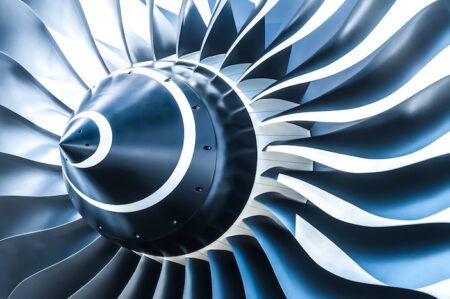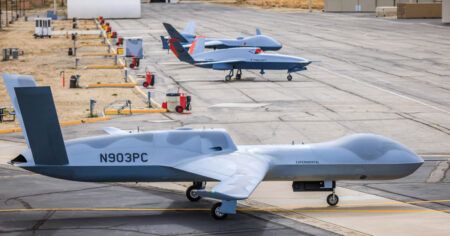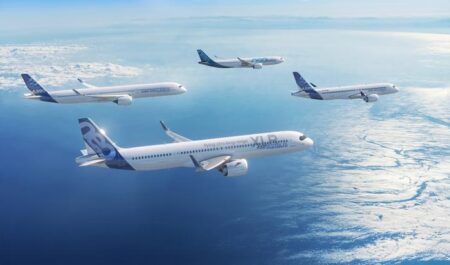Vertical Aerospace achieved the first airport-to-airport flight in the UK by a full-scale, piloted winged tilt-rotor eVTOL designed for commercial service this week.
The VX4 prototype flew 17 miles (27km) from Cotswold Airport to RAF Fairford in Gloucestershire, UK last week, reaching speeds of 115mph (185km/h) and an altitude of 1,800ft (549m). The flight marked the aircraft’s first landing at a public location.
The inaugural flight was witnessed by thousands of aircraft enthusiasts and according to Vertical demonstrated the VX4’s capability to integrate with airport operations. The company received Flight Conditions and Permit to Fly approvals from the UK Civil Aviation Authority for the demonstration.
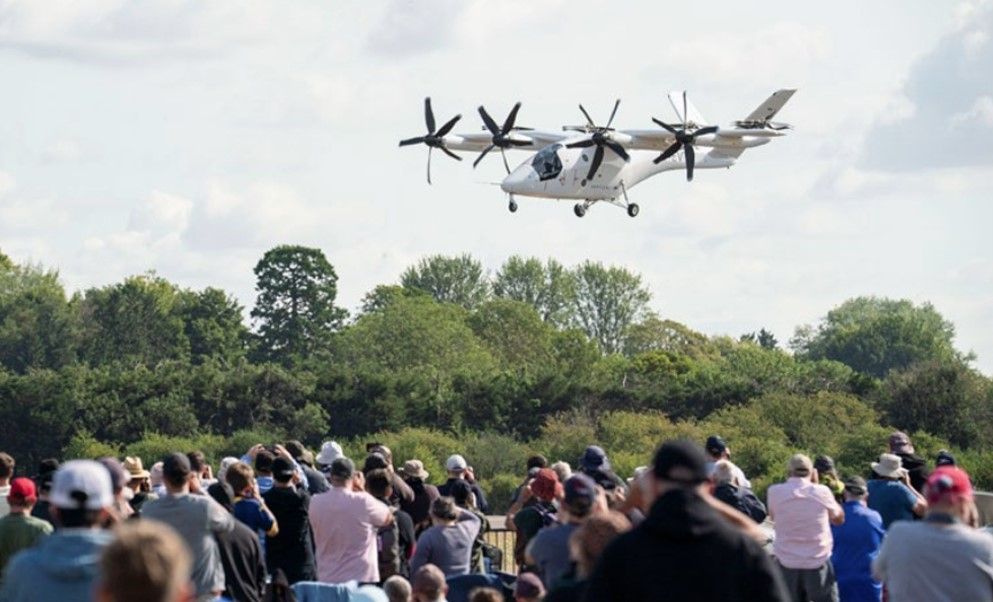
Simon Davies, Vertical’s chief test pilot who flew the prototype, said “Flying the VX4 from airport to airport is a major milestone, and a powerful demonstration of the real-world capability of the aircraft.”
The hybrid-electric variant will offer up to 1,000 miles (1,609km) of range, representing a 10-fold increase from the all-electric aircraft. It can carry up to 1,100kg (2,425lb) payload and features low noise and heat signatures for sensitive missions.
Vertical’s second-generation hybrid-propulsion system has been in development for 18 months at the company’s Vertical Energy Center in Bristol, UK. The system will be retrofitted into one of the VX4 prototypes and is expected to commence flight testing in the second quarter of 2026.
Vertical’s latest development plan targets 2028 for certification of the VX4. Development of Vertical’s eVTOL started in 2016.
According to Vertical, it has approximately 1,500 pre-orders of the VX4 across four continents, including American Airlines, Japan Airlines, GOL, and Bristow.
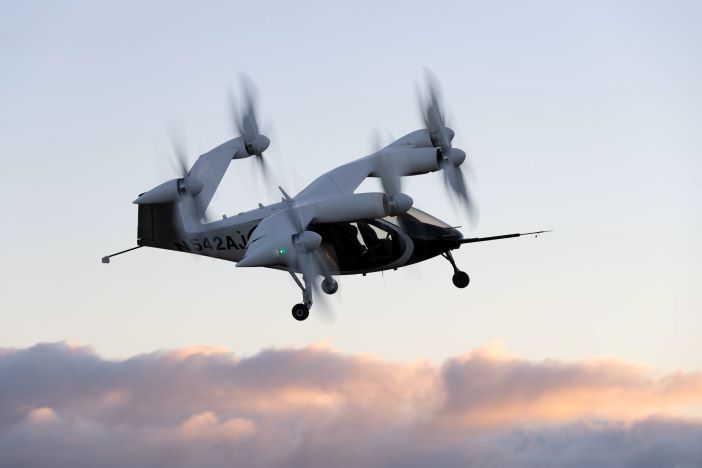
In addition, Joby Aviation in the USA continued to announce progress towards the entry into service of its eVTOL later this year, with the expansion of its factory in Marina, California and the ramping up of a facility in Dayton, Ohio that manufactures and tests aircraft components.
Vertical has also added an extra test aircraft to its existing six-strong fleet, while the company’s engineers have also been spotted testing an unmanned hydrogen-electric aircraft at the Pendleton Range in Ohio, USA.
